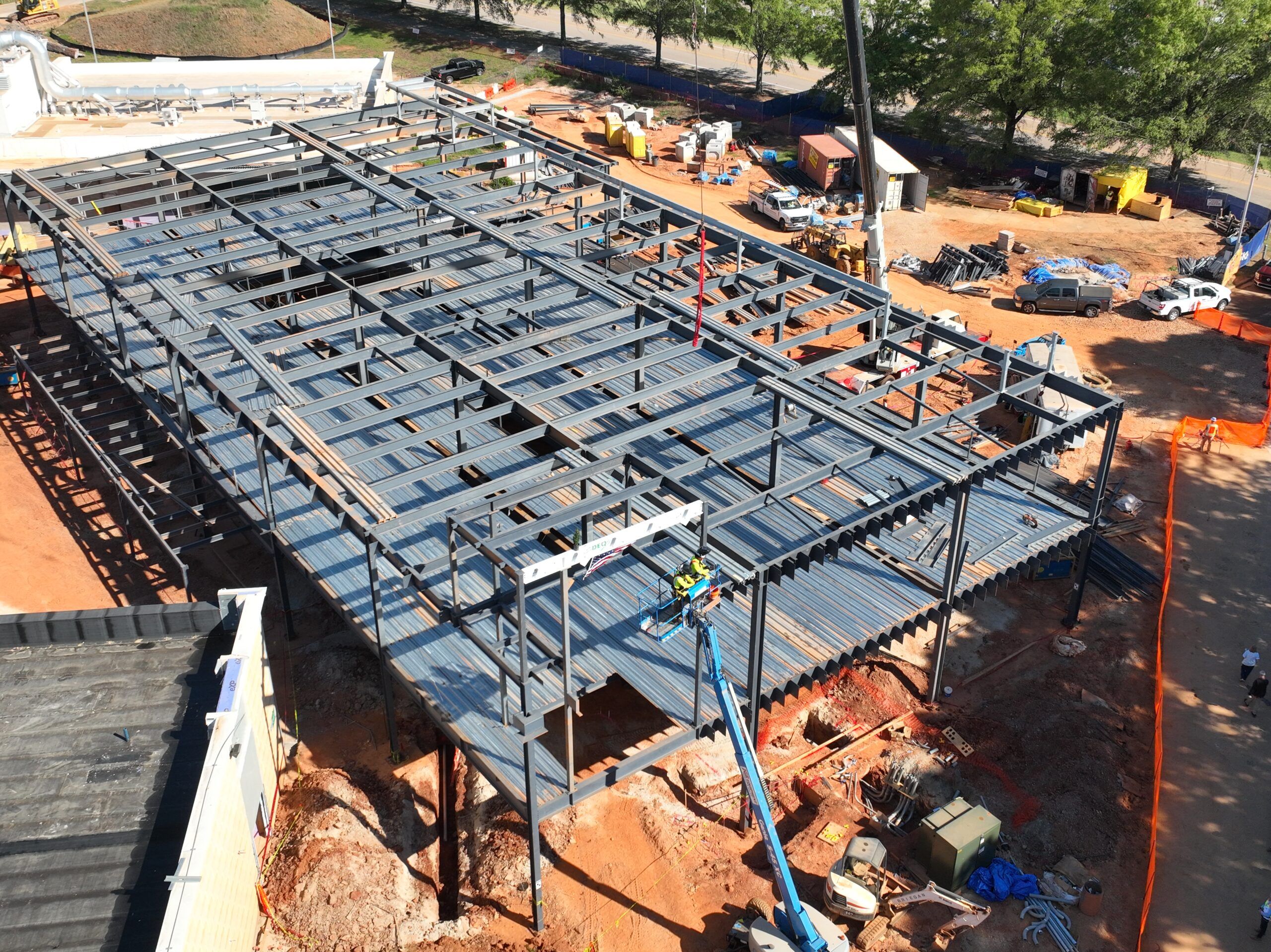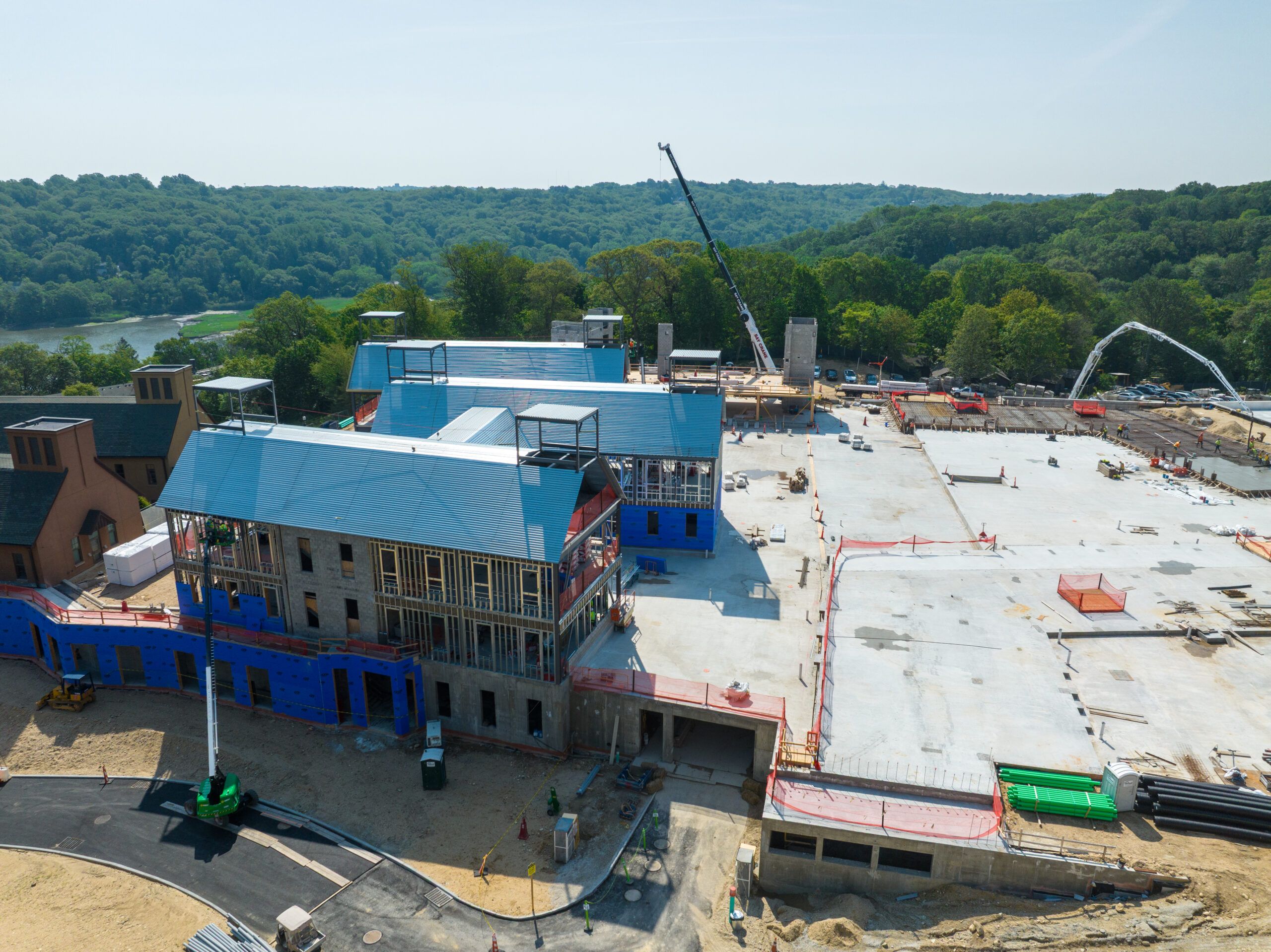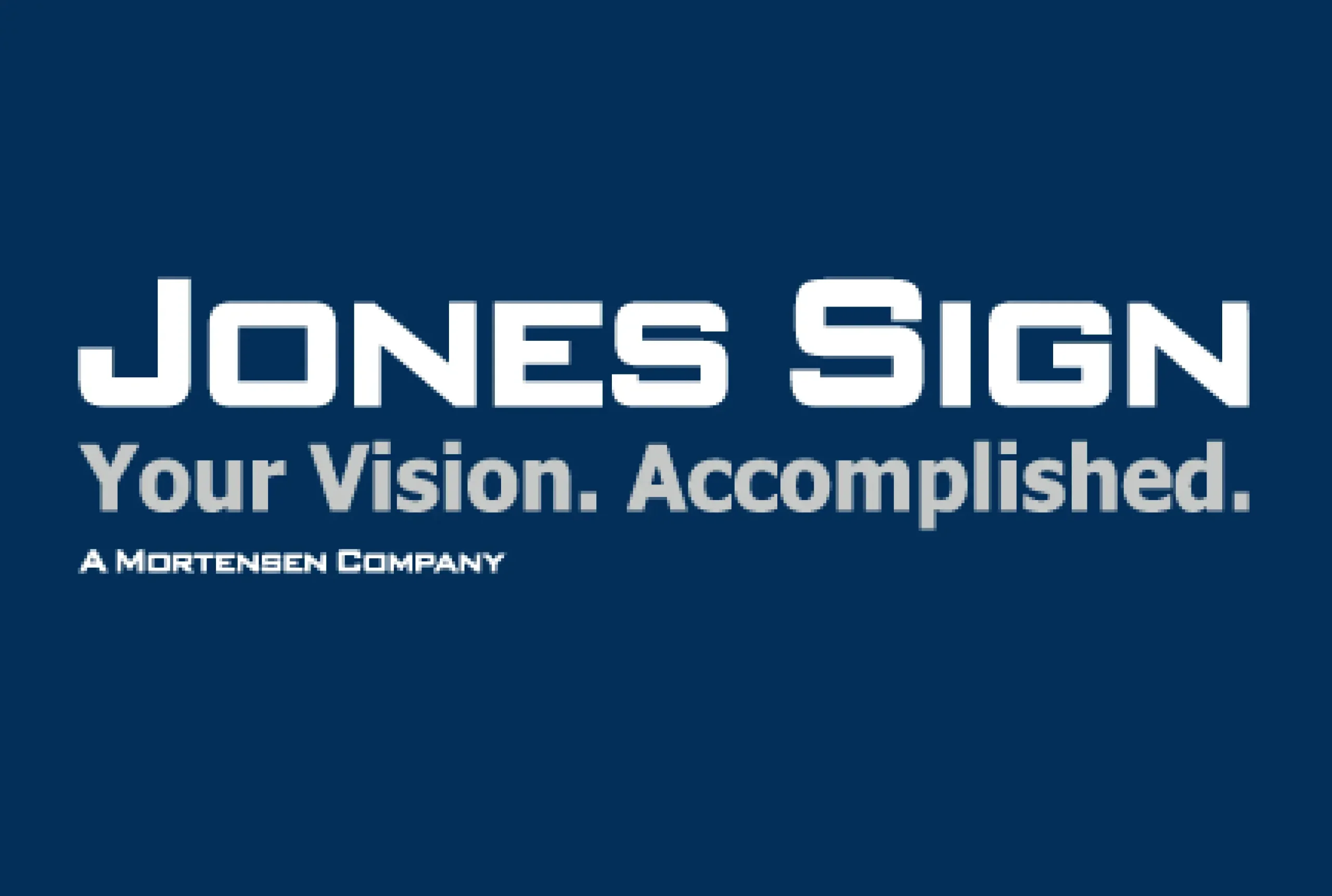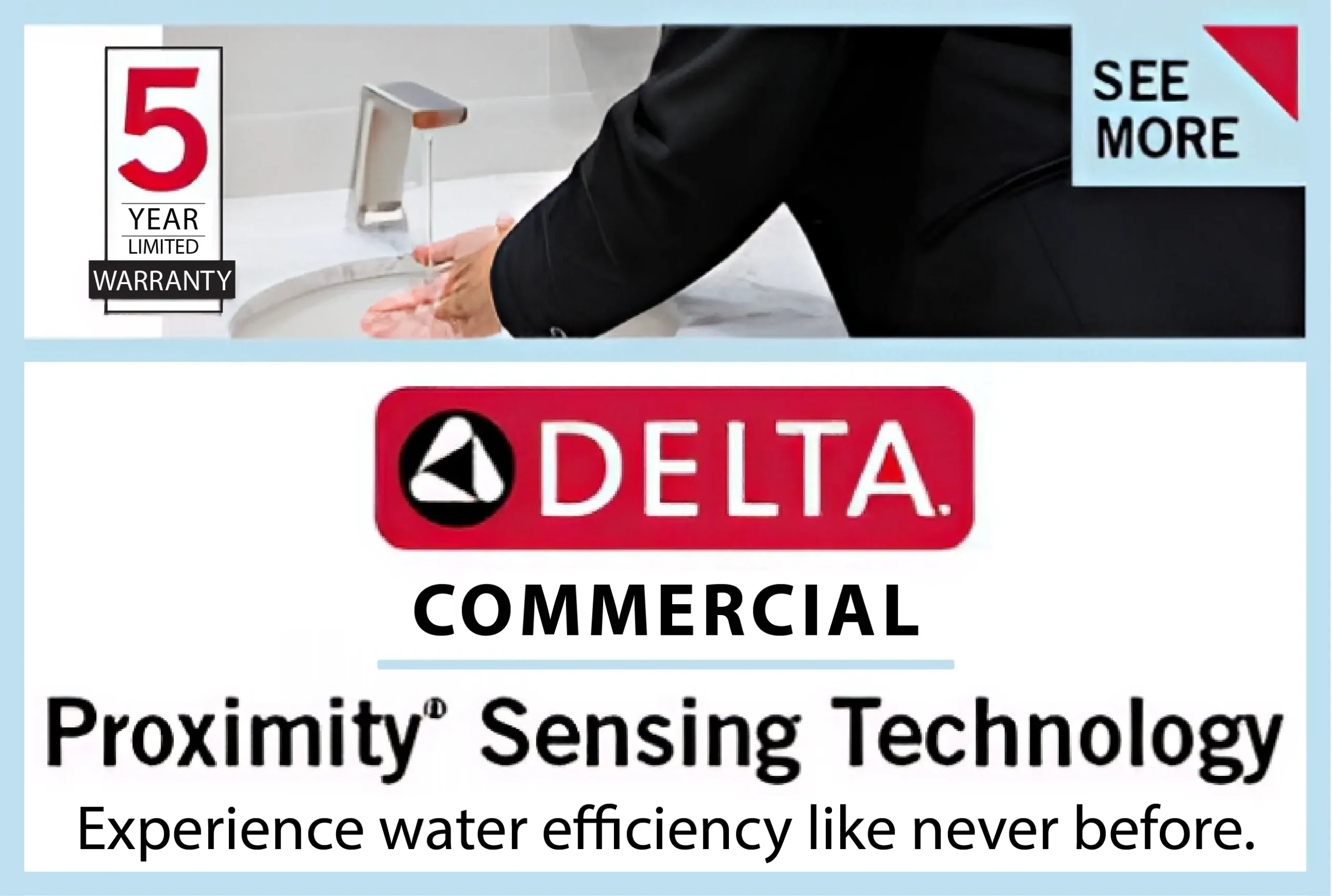Starting With the Problem
Construction contracts come with pressure. Every clause must support the project’s goals, timing, and risk tolerance. Legal teams want clarity. Project teams want speed. Both need to understand obligations without losing time. The more complex the project, the longer it takes to sift through documents, catch important terms, and flag issues. Teams that rely on manual review often run into delays and misunderstandings. These problems lead to scope gaps, payment issues, and disputes that could have been avoided. To meet these challenges, more firms now use AI construction contract analysis as a way to reduce effort while staying thorough.
What Makes Contracts Hard to Review
Construction contracts contain dense language and nonstandard phrasing. Parties use their own templates, and terms shift depending on who holds the risk. One project may prioritize the schedule. The next may focus on insurance or payment conditions. Even when the structure looks familiar, small changes in language can carry major consequences.
Add in multiple stakeholders, and the review process slows down even more. Legal, risk, operations, and project teams often look at different things. Without a common view, it becomes harder to align on what the contract actually says.
Reviewing With a Specific Goal
Effective contract review starts with purpose. A project manager may want to know about notice periods or change order rules. A legal team may focus on indemnity or damages. A risk manager may check for insurance and bonding requirements. Traditional reviews often go through the whole document in sequence, which takes time and adds to the backlog.
Smarter review means focusing on what matters most for the project at hand. Filtering content by topic, priority, or stakeholder interest speeds up this process. Highlighting key clauses and marking high-risk terms allows teams to step into the review without starting from scratch.
Using Consistent Language for Clarity
Many disputes stem from inconsistent terms. When projects reuse contract language without alignment, expectations shift. Smarter review highlights these gaps. Comparing language from past projects shows where terms diverge. Teams can then decide whether to adjust or accept based on context.
Consistency also helps onboard new stakeholders. When the same risks show up in similar ways, it becomes easier to spot changes. Reviewing language across different contract versions builds stronger templates over time.
Breaking Down Risk in a Clear Way
Risk language can be difficult to track without a structured approach. Some clauses look harmless but shift liability onto one party. Others bury notice requirements under general conditions. A review process that extracts this information into a readable format helps people understand where exposure exists.
Teams that see this clearly can respond with edits or mitigation steps. They can also route the contract to the right decision-makers without delay. Clear summaries improve communication and shorten the time it takes to approve terms.
Sharing Contract Intelligence Across Teams
Each department views the contract through a different lens. Legal sees enforceability. Risk sees exposure. Operations sees impact. A smart review process brings these views together without adding layers of email or meetings. When teams read from the same structured summary, alignment becomes easier.
It also helps avoid repeated work. If one team flags a problem, the rest of the team can see it immediately. Tracking issues in one place keeps the contract moving without confusion.
Shortening Review Time Without Losing Detail
Project timelines do not always allow for long contract cycles. Even when the team has the experience to move quickly, high-volume review can still slow things down. Smart review tools help reduce the number of manual searches, cross-checks, and follow-ups.
That means legal teams can get to the clauses that matter without scanning pages of boilerplate. Risk teams can focus on terms that trigger coverage issues. Project teams can see if payment or schedule terms align with their plan. Reducing the review time frees up hours for other tasks, while still capturing the details that matter.
Supporting the Entire Contract Lifecycle
Review does not end after signature. During the project, questions come up. What are the notice deadlines? How is change scope handled? When does payment apply? A contract that has been reviewed with structure becomes easier to reference later. Teams can find answers in minutes rather than hours.
This helps with dispute resolution, compliance checks, and closeout. It also supports lessons learned across projects. Structured review turns contracts into accessible resources instead of static files.
Building a Smarter Workflow
Reviewing contracts smarter means making the process fit the way teams work. That starts with identifying the key clauses and organizing them around business needs. From there, teams can build review practices that scale without missing the risks that matter.
With more projects moving quickly and more teams needing access to contract data, the tools and habits that support fast, clear review are no longer optional. They form the foundation for better decisions across the project.











